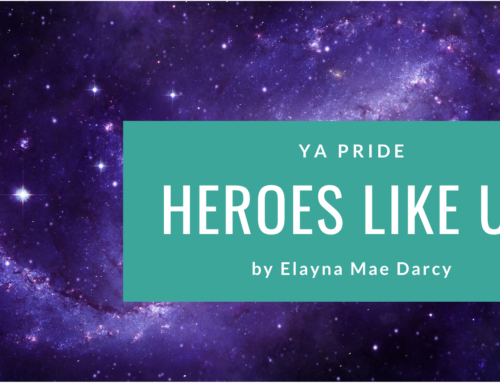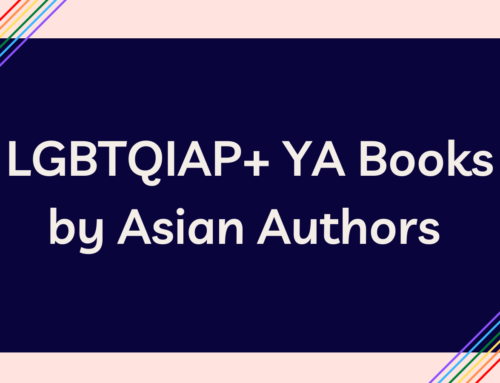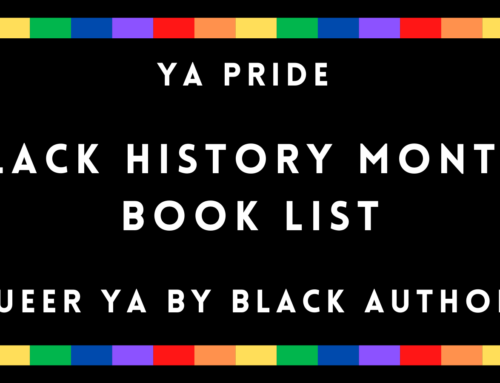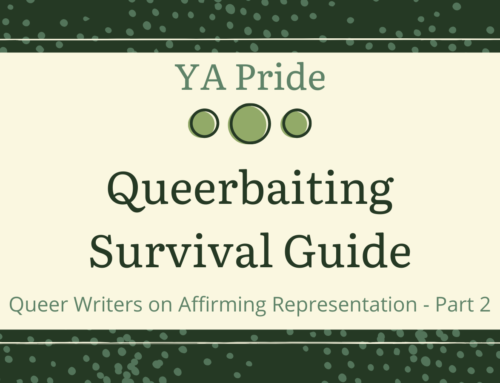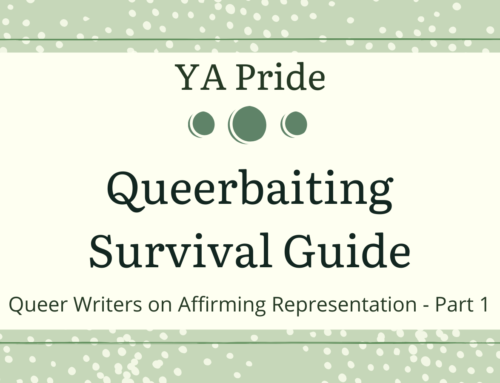by Marieke Nijkamp
“The objection to fairy stories is that they tell children there are dragons. But children have always known there are dragons. Fairy stories tell children the dragons can be killed.”
With these words, the late, great Terry Pratchett famously misquotes G.K. Chesterton’s Tremendous Trifles. It’s not a misrepresentation of Chesterton’s ideas though. For Chesterton, too, stories were St. Georges, dragonslayers.
But I’d like to think it goes further than that. Stories tell readers dragons come in many ways and many forms—from false friends to overwhelming dystopias. Stories do not just tell readers dragons can be killed—stories tell readers we can be the ones to slay our dragons. We can be heroes. No matter how fierce the dragons, no matter who or what we are.* And in many ways, it is the greatest act of self-discovery, especially when those dragons represent the world we live in.
After all, self-discovery is an act of discovering who you are, but also an act of discovering your place in the world. Everyone who’s ever felt other knows what it is to know exactly who you are, but still experience that particular loneliness in not knowing quite where or how you fit in.
One of my dragons was growing up in a sexualized, heteronormative, cisnormative world.
Stories did not just give me weapons to fight it, they showed me that beyond that dragon there was another world to live in, with characters that pushed back on those assumptions alongside me, that represented part of me.
The very first of them I remember most fondly. George, from The Famous Five, who hated being called Georgina, who preferred to be seen as a boy. Fox, from Secrets of the Wild Wood, a girl who disguised herself as a boy to fight in a war (of course, much later, there was Alanna too). Annie, from Annie on my Mind, whose love for another girl was achingly perfect, bittersweet and healing.
They all taught me there were many ways to be a girl—and many ways to not be a girl, too. They taught me it was okay to love on the other side of a spectrum.
There would be others, after that. Kaede and Taisin, from Huntress, whose attraction to each other was not only real but started to feel normal. Quicksilver’s Tori, who didn’t feel that attraction at all, and gave me another piece of the puzzle of me. Cameron Post. Simon Spier. Under the Lights’s Van and Brianna. And Kel, always Kel, Protector of the Small, who taught me yet more ways of being a girl.
They gave me the weapons to fight a world that tells me hetero is still the norm, asexuality can be cured by meeting the right person, and gender is a binary.
They gave me the courage to write characters that defy those same norms.
They told me it’s okay to be me, queer, asexual, sometimes fluctuating on the gender spectrum.
And above all, they gave me others like me. Not just characters, but other readers, who read to find that same recognition. Who fight their own monsters. Who stand by me, as I stand by them, so that we can all be dragonslayers together.
* Note to say this does require stories to represent all kinds of heroes. We need diverse books, y’all.
—

